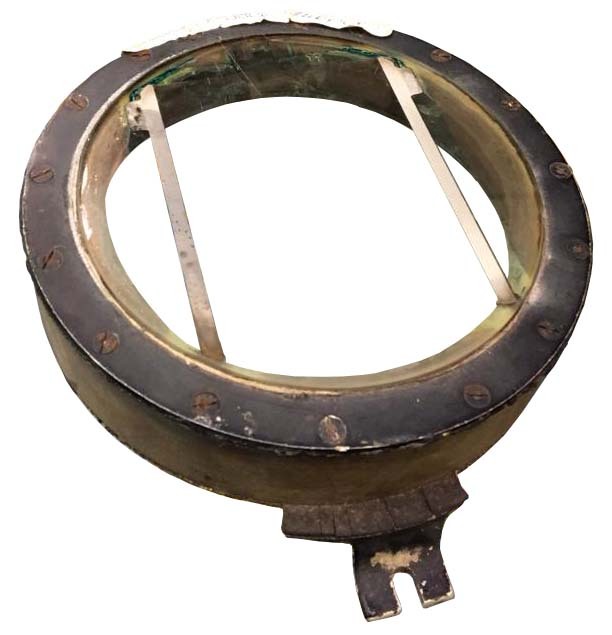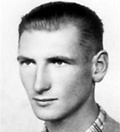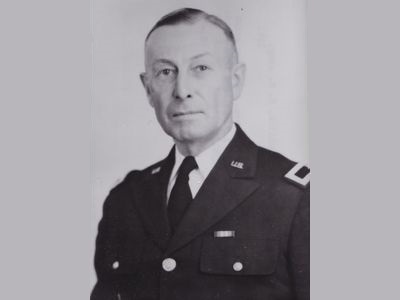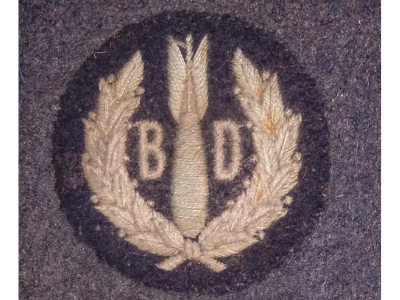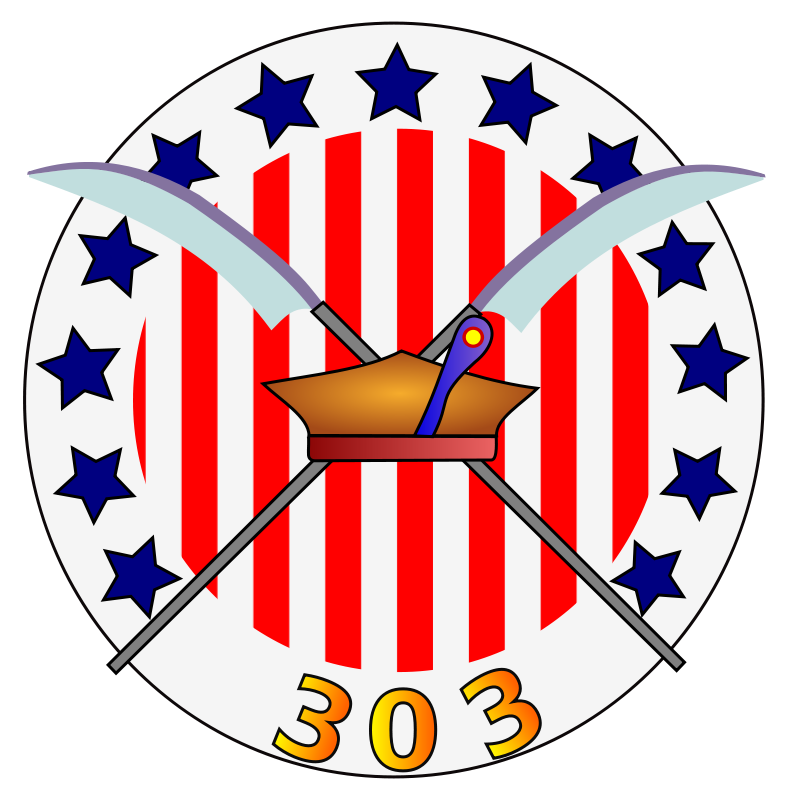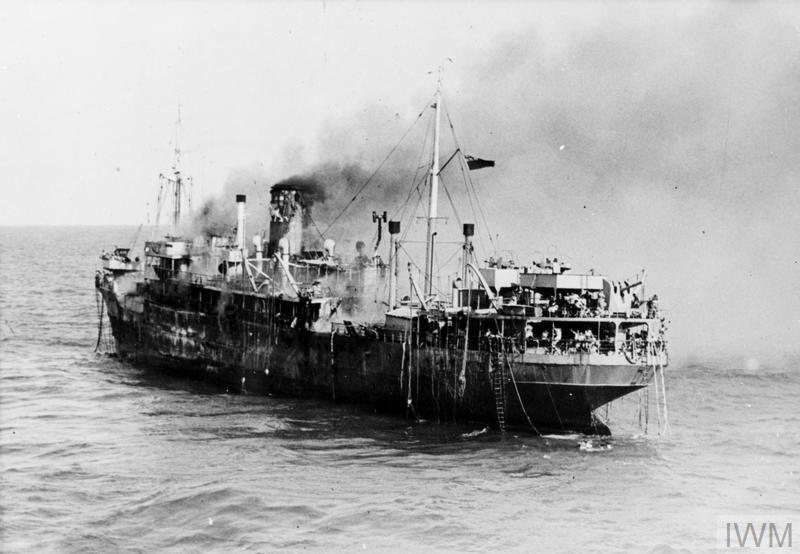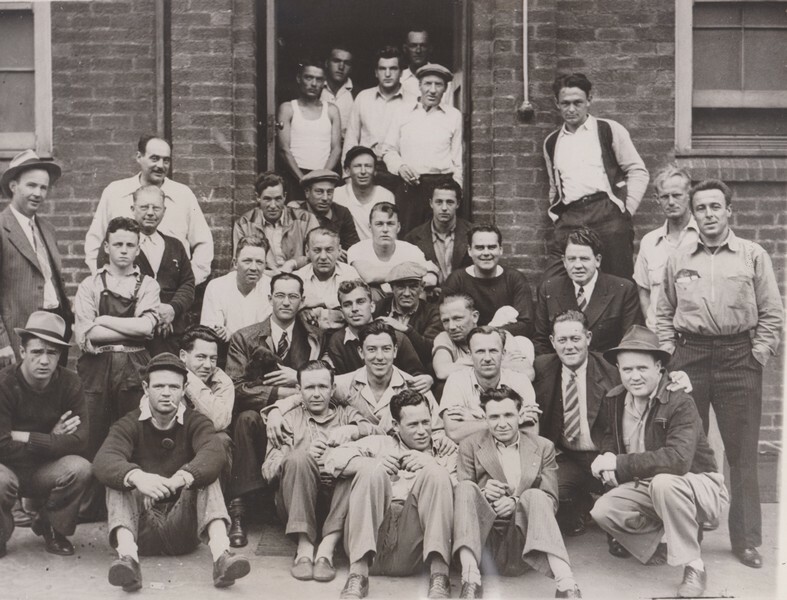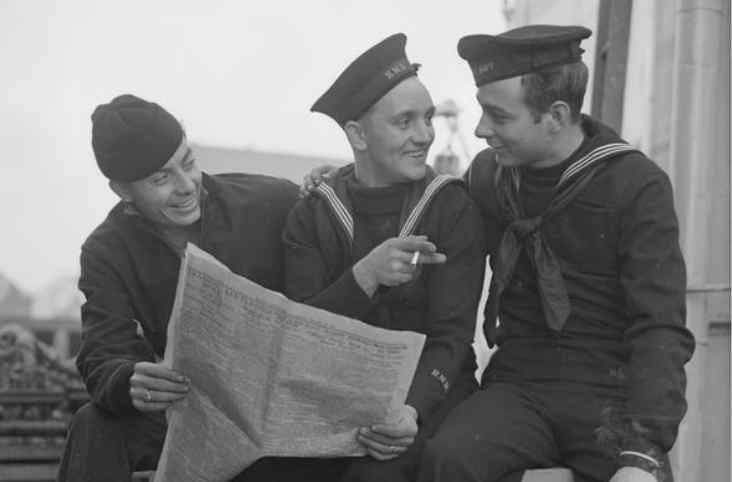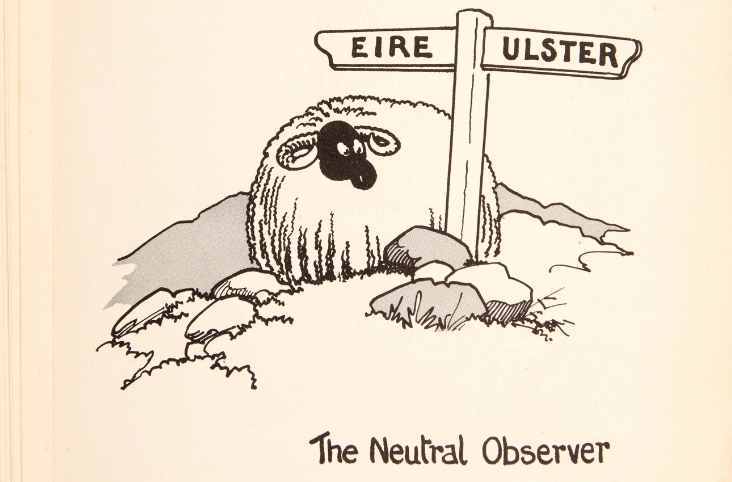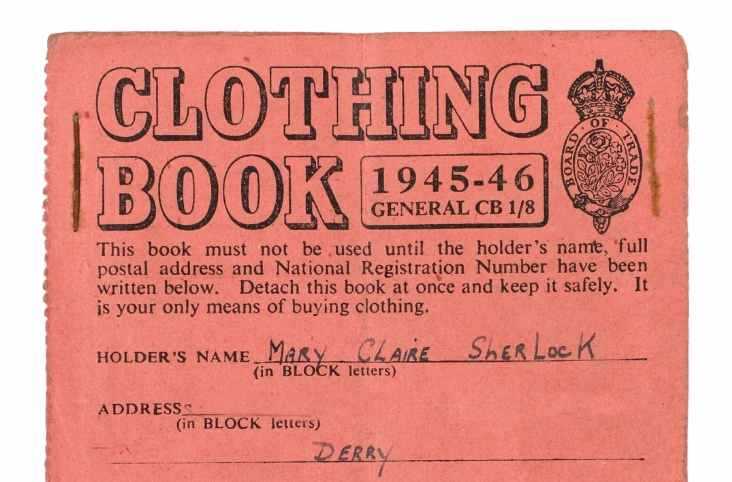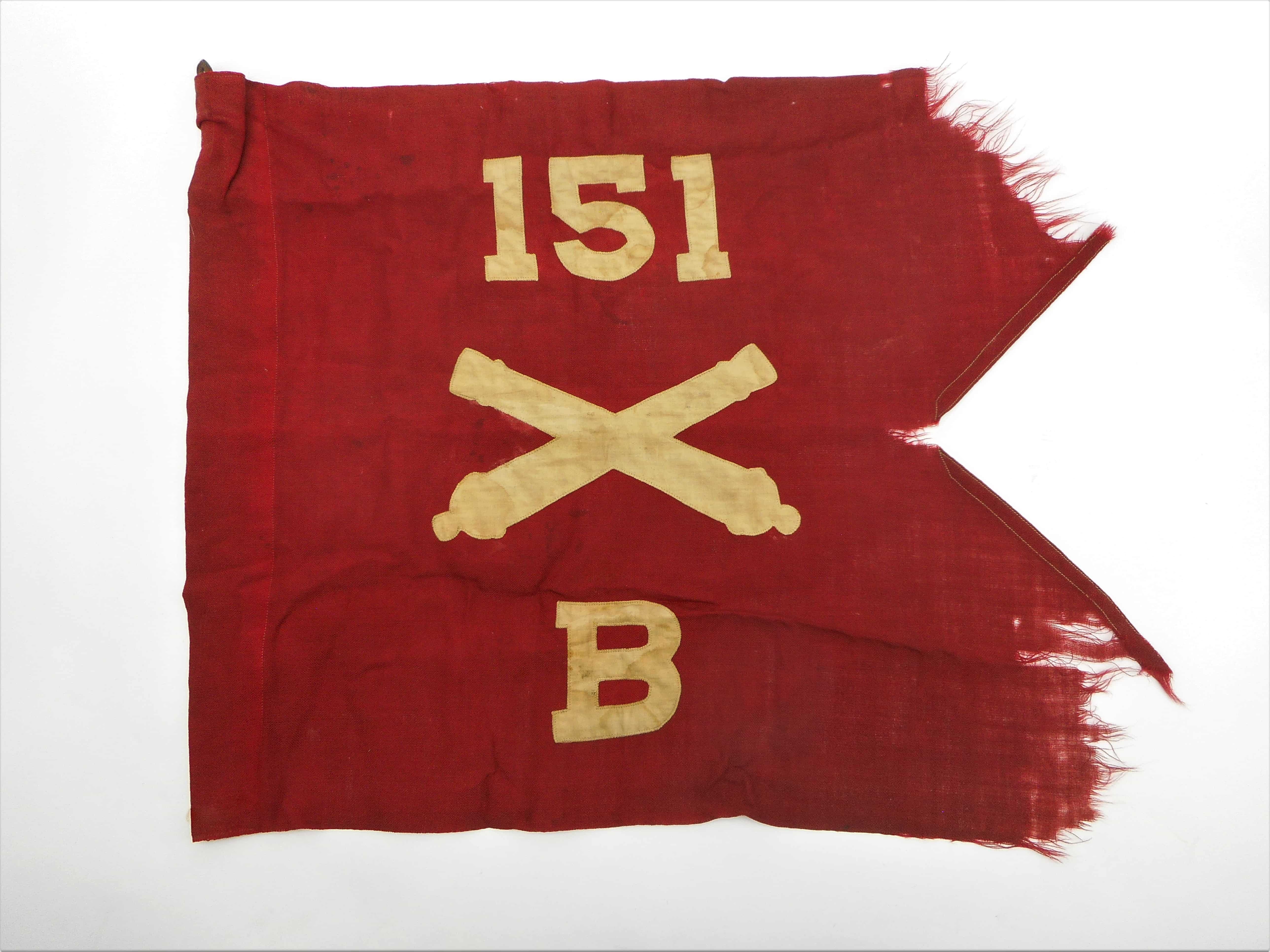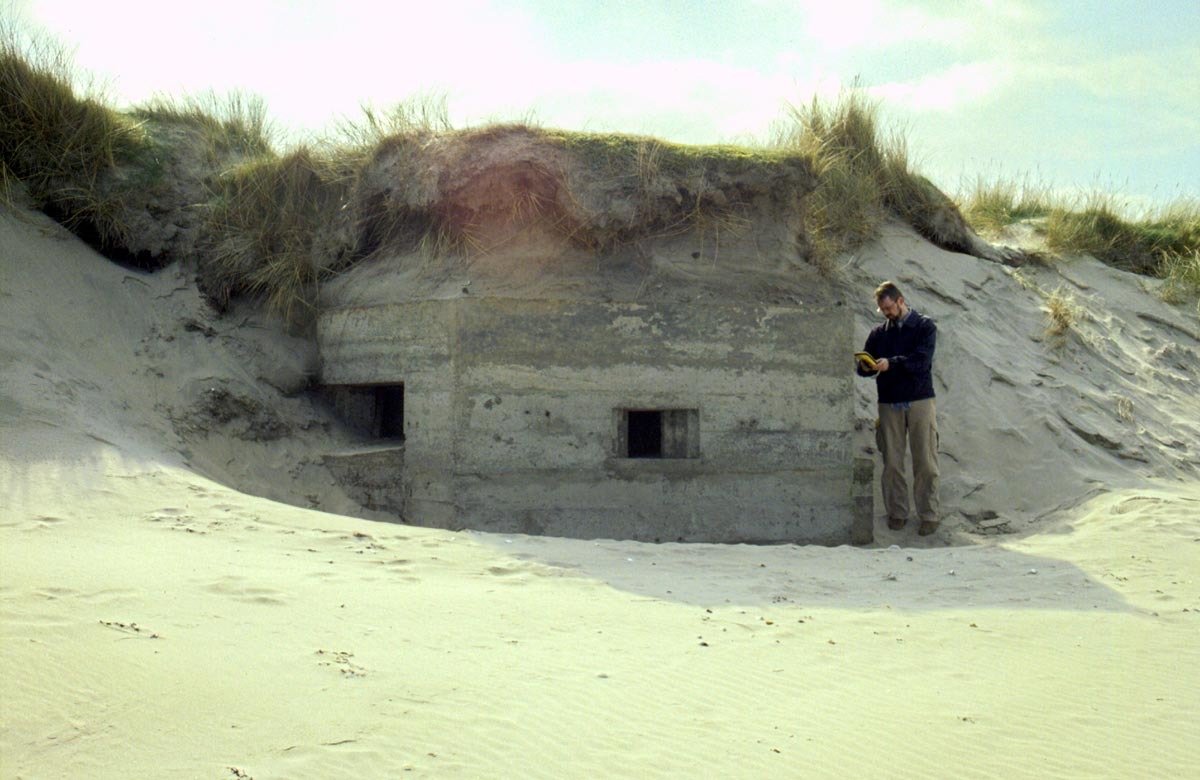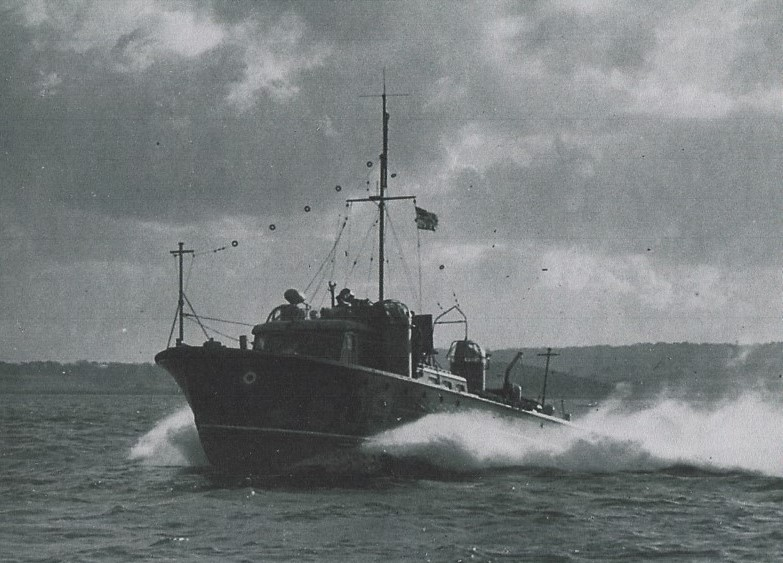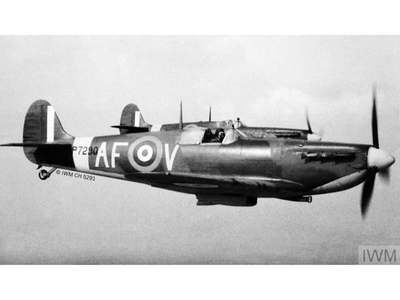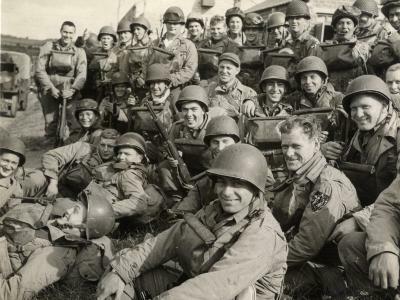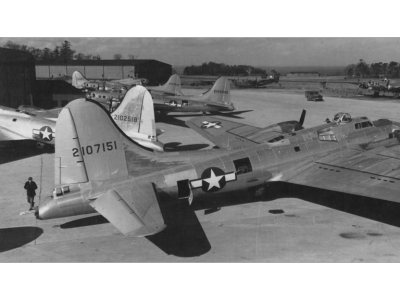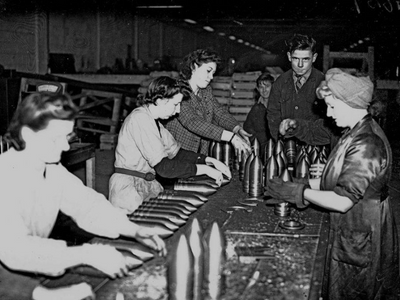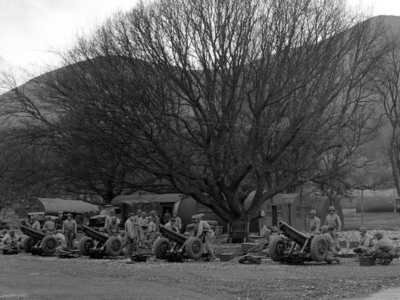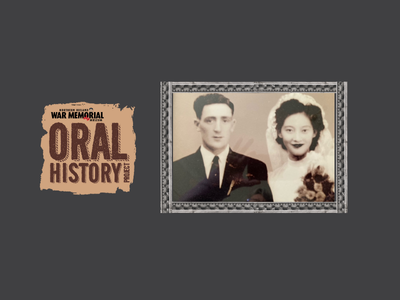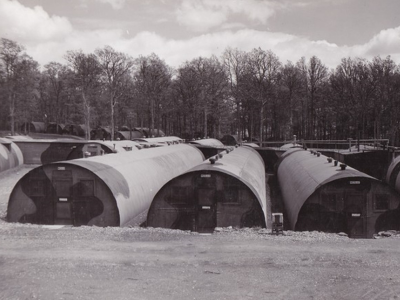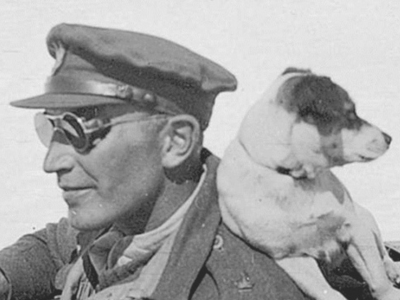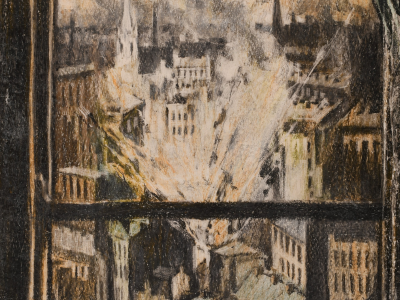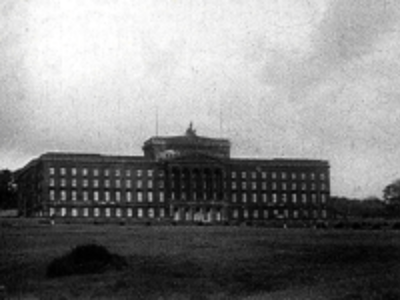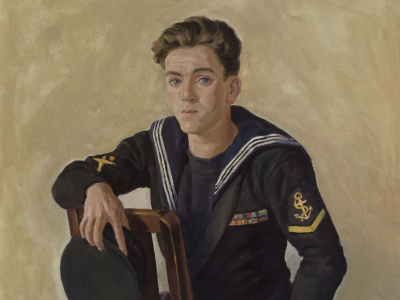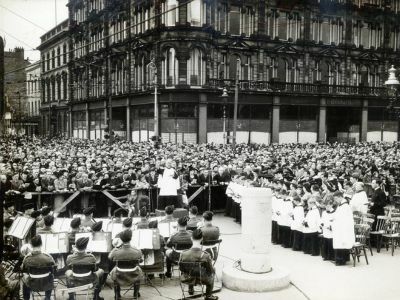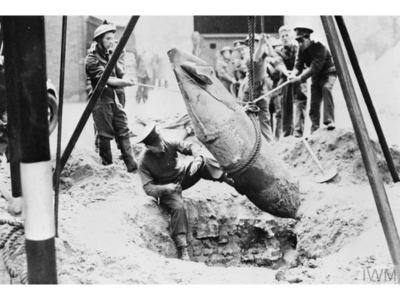Between June and December 1940, seven sites across counties Antrim, Down and Londonderry were selected for the construction of new airfields. This included a site on the Ards Peninsula that would become RAF Ballyhalbert.
By June 1941, the airfield was operational and was allocated to Fighter Command. On the 14 July 1941, No. 245 Squadron moved from RAF Aldergrove to the new airfield to undertake convoy patrols and defend the approaches to Belfast.
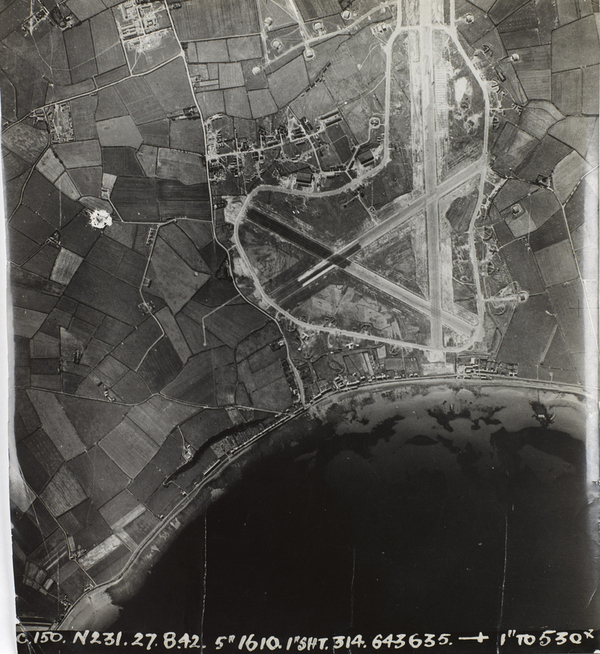
No. 315 (City of Deblin) Squadron
Also during 1941, No. 315 (City of Deblin) Polish Fighter Squadron was formed. Initially it was equipped with Hurricanes and flew convoy patrols from RAF Speke near Liverpool. It soon moved to RAF Northolt in London where the squadron, now flying Spitfires, conducted offensive sweeps over Nazi occupied Europe.
By the summer of 1943, No. 315 Squadron was based at RAF Hutton Cranswick when on the morning of the 3 July their Operations Record Book (ORB) records that they received
'an unexpected order to move - to Ballyhalbert on the 5th.'
Squadron Leader Jerzy Poplawski states that a 'poor view' was taken of this as the squadron 'were settling down comfortably' at Hutton Cranswick. However, he then stated that,
'we forcibly remind ourselves that there is a war on, and get busy with the usual preparations for moving'.
On the 5 July 10 Handley Page Harrows landed at Hutton Cranswick at an early hour to transport the Squadron to Ballyhalbert. But by 12 noon the Poles were not ready and the Stationmaster delivered an ultimatum; that if they were not off within the hour, 'there will be hell to pay'. Eventually the squadron touched down in their transports at Ballyhalbert at approx. 14.45 where they were met with food. As the first Polish squadron to be based in Northern Ireland their arrival caused somewhat of a stir and the men heard frequent remarks of 'Look - Poles!' as they made their way to their accommodation. At their quarters, they realised that the outgoing No. 130 (Punjab) Squadron had left it in what Popwalski believes 'can only be described as a hell of a state'.
The ORB of No. 130 (Punjab) Squadron provides the answer as to the state of the living quarters at RAF Ballyhalbert. It records that they were jubilant to be leaving Northern Ireland and had celebrated the Squadron's second birthday in the days prior to their departure. A 'small' party was held at Mr Bells' local hostelry where an 'excellent' quality and quantity of beer was consumed and the inn 'trembled to the strains of the time-honoured squadron songs'. Owing to the 'fatuous' Northern Irish licensing laws, Mr Bell's closed at 21.00 and upon returning to their mess huts, riotous scenes broke out;
'stirrup pumps wheezed automatically as eager hands directed the flow of water onto anyone unfortunate enough to be within range. Individual feuds soon started up and before long, fierce encounters were being waged from behind chairs, walls, doors and tables. The ecclesiastical equilibrium of the padre was sadly unbalanced when somebody (believed to have been F/O Williams) ran amok with a fire extinguisher...a single burst heeled him over and he was last seen floating dismally amongst the debris of chairs and empty buckets...'
A few days later Popwalski records that the Squadron had a very cordial welcome to their new station and the whole atmosphere was 'most friendly' with everyone from R.A.F.N.I. anxious to help with any difficulties. He also describes RAF Ballyhalbert as being well organised with recreational facilities well above the average.
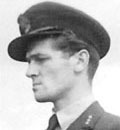
When the weather permitted, their non-operational time was spent conducting training exercises such as artillery co-operation, photo-attacks, air-to-air firing and ground attacks along with night, dawn and dusk flying in their Spitfire Vbs. In early August 1943 the Squadron also spent considerable time practicing their formation flying in preparation for their Squadron Day on the 14 August when they were visited by the Commander in Chief of the Polish forces, General Sosnkowski. The 14 August was selected as the Squadron Day as on that date in 1941 the Squadron destroyed 8 enemy aircraft, had one probable and damaged another, all without loss, in a flight over France.
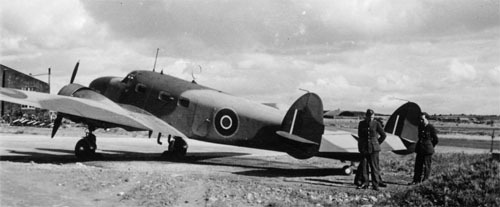
To mark the occasion, Mass was held in the hangar after which General Sosnkowski decorated 14 pilots with the Polish Cross of Valour and 2 with Poland's highest military award, the Virtuti Militari. General Sosnkowski then took the salute at a march past and watched the fly past that the Squadron had been training for. After lunch, an informal meeting was held where the General talked to all ranks and asked many questions about families back in Poland. Popwalski remarked that this was 'helped along nicely by almost unlimited quantities of free beer' before the day was rounded of by parties and dances 'at which Polish music and songs were conspicuous'.




